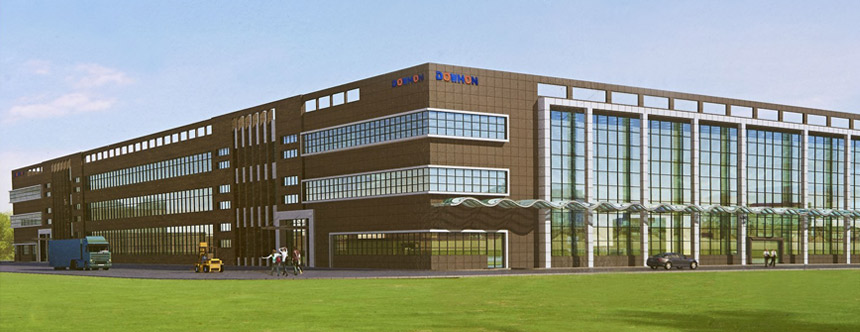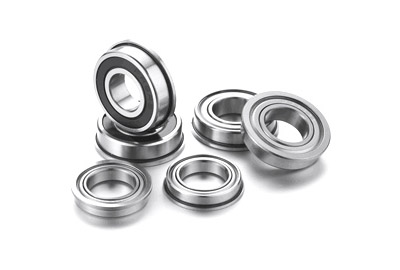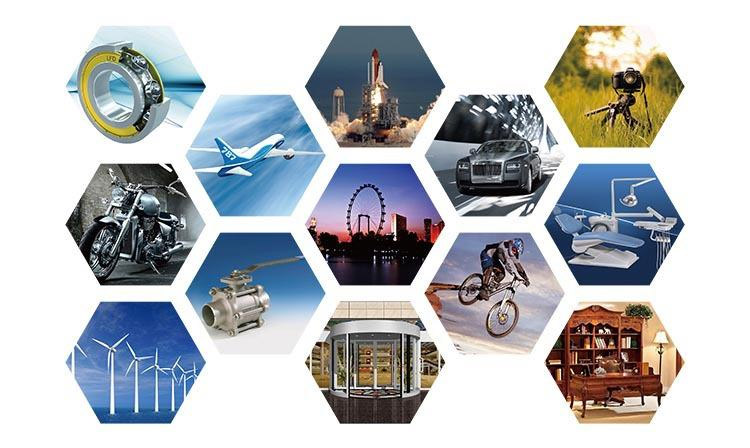Technical Support
How does the damage of high temperature bearing cracks cause?
- Categories: FAQ
- Time of issue: 2021-04-26 21:02:39
- Views: 0
Previous article: Causes and solutions for common abnormal noise of reducer bearings
Next article: None
Online consultation
We ask you to fill out the form below so that we can answer your questions or requests in the best possible way. We will reply to your message as soon as possible. We will use your personal information to contact you to answer your questions.
客户留言
Description:
Online customer service
-
Customer service hotline :
+86-574-58964255
Contact
207 Xinlang Road, Langxia Street, Yuyao City, Ningbo City, Zhejiang Province
Tel:+86-150-58068648
Fax:+86-574-63199053
E-mail:xsbearing@126.com / hujie@chinabearing.net
© 2021 VCD BEARING 浙ICP备12016236号-1 Powered by www.300.cn




